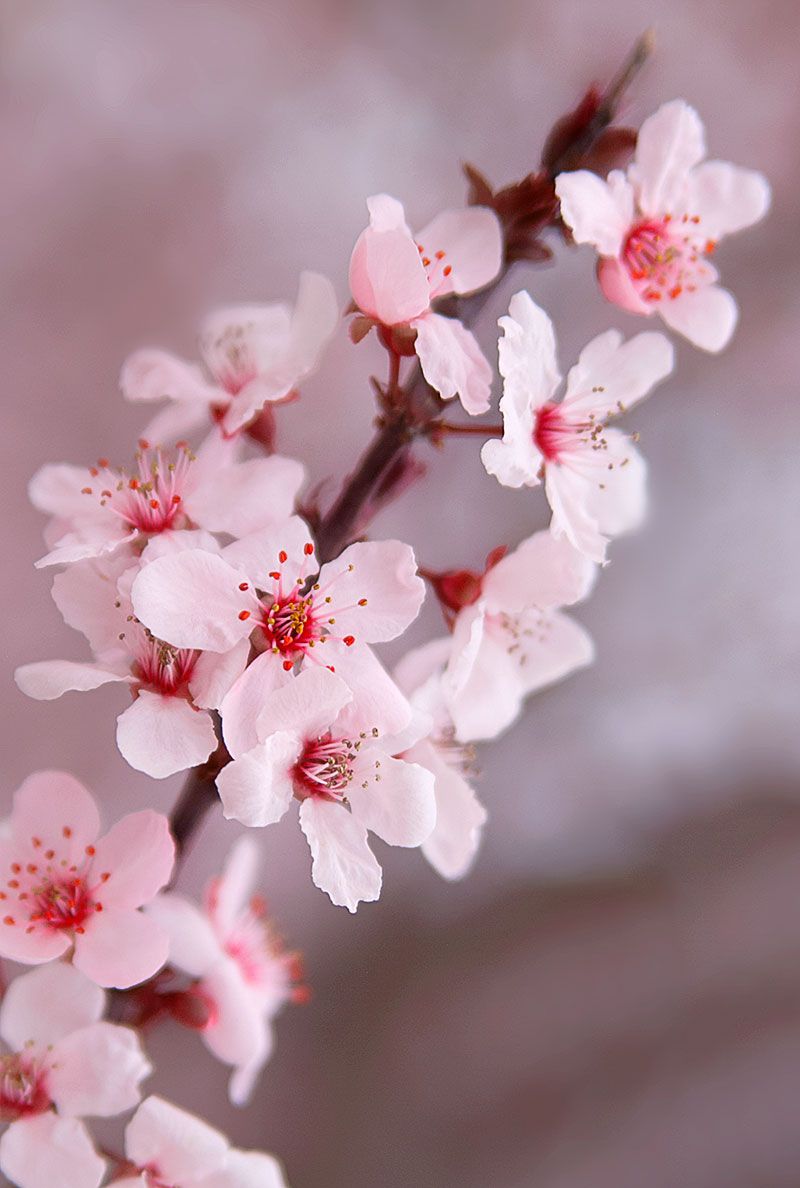In floristry, there are many different styles that take inspiration from all four corners of the globe.
Western-style is characterized by mass groupings of flowers and foliage, with no emphasis on a certain flower, blending colors and varieties, in order to create design shapes such as the oval, round, triangular, L-shapes, or crescent etc. The western arrangements have a flowing, radiating effect originating from point of the vase/or center of the hand-tied bouquet, creating even symmetry.
The Eastern-style such as the Japanese floral art of Ikebana, emphasizes on the areas of the cut flowers, its stems, leaves and flowers, and follows strict principles of creating certain angles, graceful lines and natural shapes using minimal number of blooms. The choice of container plays a key element in this type of composition.
Ikebana is the art of beautifully arranging cut stems, leaves, and flowers in vases and other containers that evolved in Japan over seven centuries. To arrange the stems and flowers exactly as one wishes, a familiarity with many different ways of fastening and positioning them is necessary. These techniques are what people attend ikebana classes to learn. Usually, three to five years are required to acquire these technical and expressive skills.
It is the traditional Japanese Art of flower arranging. Ikebana uses empty space and asymmetrical forms to highlight the elegant lines of natural materials. There are no dense layers of flowers, as in Western styles; the arrangements are imbued with an Eastern view of nature and incorporates the space around the flowers to strike a perfect balance among the elements.






